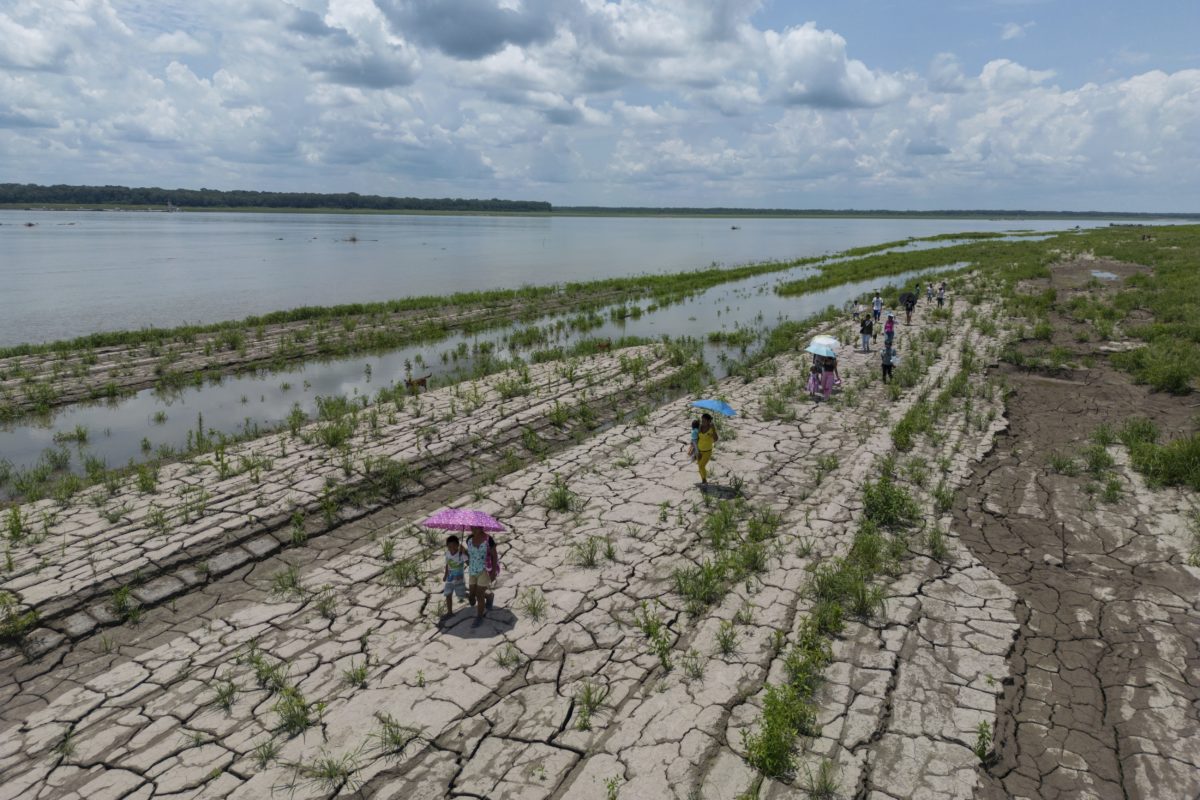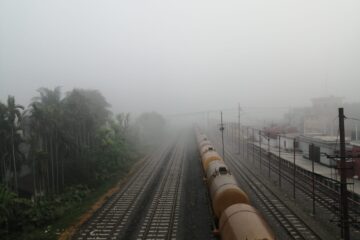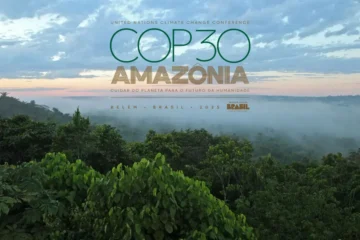Online March 24 (BDR):- Prolonged droughts, wildfires and water shortages. Torrential downpours that overwhelm dams and cause catastrophic flooding.
Around the globe, rising temperatures stoked by climate change are increasing the odds of both severe drought and heavier precipitation that wreak havoc on people and the environment.
Rainfall can disappear for years only to return with a vengeance, as it did in California in 2023, with record-setting rain and snowfall. That led to heavy vegetation growth that provided fuel for the devastating January wildfires in Los Angeles after the drought returned.
But how can global warming cause both drier and wetter extremes? Here’s what experts say.
Water constantly moves between the Earth and its atmosphere. But that system — called the hydrological cycle — is speeding up as global temperatures get hotter, primarily due to the burning of fossil fuels like coal and gas.
A hotter atmosphere sucks up more water vapor from bodies of water and vegetation and soil.
Over land, this atmospheric demand and loss of surface moisture lead to longer and more intense droughts, even causing some arid areas to expand. Though rain falls less often, when it does, it’s often in intense and destructive deluges.
That’s because the atmosphere holds 7% more water vapor for every degree Celsius.
“Basically, global warming is turning the atmosphere into a bigger sponge so it can soak up more moisture … and then when the conditions are right for rainfall, it’s like squeezing that sponge,” said Jonathan Overpeck, a climate scientist at the University of Michigan. “You get more moisture coming out faster.”
N?M




